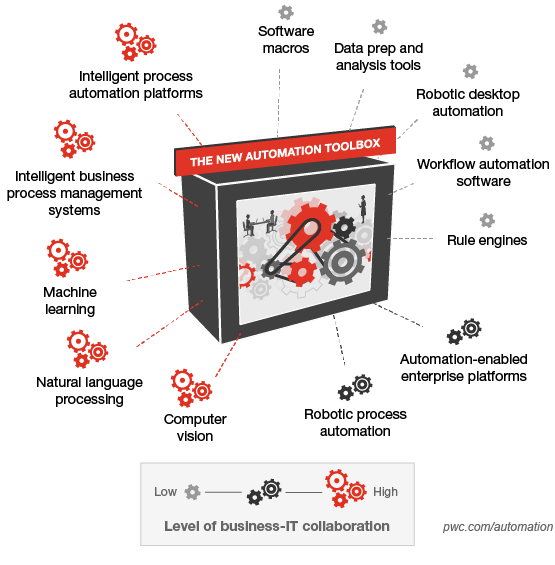Your business—automated and empowered
Admit it: automation isn’t something you’re entirely comfortable talking about. Maybe you don’t think it’s your job to do so (you’re still unclear on what robotic process automation (RPA) really does, anyway). Maybe you don’t want to bring up the inevitable workforce implications. Or perhaps you’d rather focus on the glossier aspects of transformation—customer experience, upskilling and digital strategy.
Automation is about all of those things. And every company needs to take a serious look at how they’re approaching it, especially as new tools put the power to solve problems and streamline tasks into the hands of business users. “Low-code,” or self-service, data management and RPA tools enable finance, human resources or other teams to address data challenges in their function and eliminate repetitive tasks. More advanced tools, which require stronger collaboration with the IT department, are also designed for business users and take advantage of artificial intelligence (AI) to intelligently optimize business processes.
But don’t start with the technology. Instead, reframe the automation discussion with these five questions:

The new automation toolbox

Contact us











